Jammu and Kashmir, July 30 — The deadliest attack in recent years in Indian-administered Jammu and Kashmir occurred on June 9, when armed groups opened fire on a bus carrying Hindu pilgrims in Reasi district. The attack resulted in the deaths of nine people and injuries to 30 others, marking a significant escalation in violence in the region.
The incident is part of a troubling pattern of increasing attacks in the Jammu region, which has seen a resurgence in militant activities. On Saturday, a firefight between the Indian Army and armed group members in the Machal sector of Kupwara district led to the death of a 'Pakistani' national, according to the Indian Army. One Indian soldier was also killed, and four others were injured in the skirmish, highlighting the persistent security challenges in the area.
While violence in the Kashmir Valley is not new, experts suggest that militant groups are now shifting their activities southward to the Jammu region. This shift comes amidst long-standing tensions between India and Pakistan over the Kashmir issue, which has resulted in two full-scale wars and ongoing skirmishes between the nuclear-armed neighbors.
Since 1989, the armed insurgency against Indian rule in the region has claimed thousands of lives. However, the recent surge in violence in Jammu marks a concerning development. According to official data, there have been 33 armed attacks in Jammu since 2021, with eight attacks in 2024 alone. These incidents have resulted in the deaths of 11 army personnel and 12 civilians, with 18 others injured. The affected areas include Rajouri, Poonch, Doda, Kathua, Udhampur, and Reasi.
The Indian government claims that violence has decreased since the abrogation of Article 370 in 2019, which revoked the special autonomy of Jammu and Kashmir. However, the recent spate of attacks in Jammu contradicts these claims, raising concerns about the region's security situation.
Experts believe that the shift in militant activities from the heavily monitored Kashmir Valley to the relatively less surveilled Jammu region is due to various factors. The dense forests and challenging terrain in Jammu provide cover for militants, making it difficult for security forces to detect and engage them.
The increase in militant activities in Jammu is also seen as part of a broader strategy, potentially influenced by external actors like China and Pakistan. The concern is that these nations may be coordinating efforts to stretch Indian military resources across multiple fronts, including the disputed Line of Actual Control (LAC) with China in the Ladakh region.
Since 2020, India has been compelled to divert more troops to Ladakh following a border dispute with China. This redeployment has weakened the security apparatus in Jammu, making the region more vulnerable to militant attacks.
Political analysts and retired police officers point out that the intelligence network in Jammu is not as developed as in Kashmir, partly due to the relatively peaceful period the region experienced since 2002. Specialist officers trained to handle militancy in Kashmir may lack the nuanced understanding of Jammu's unique security challenges, leading to potential oversights.
The recent violence underscores the need for a robust and well-coordinated security and intelligence response to counter the evolving threat landscape in Jammu and Kashmir. As the situation continues to develop, the Indian government and security forces must adapt to the shifting dynamics to ensure the safety and stability of the region.



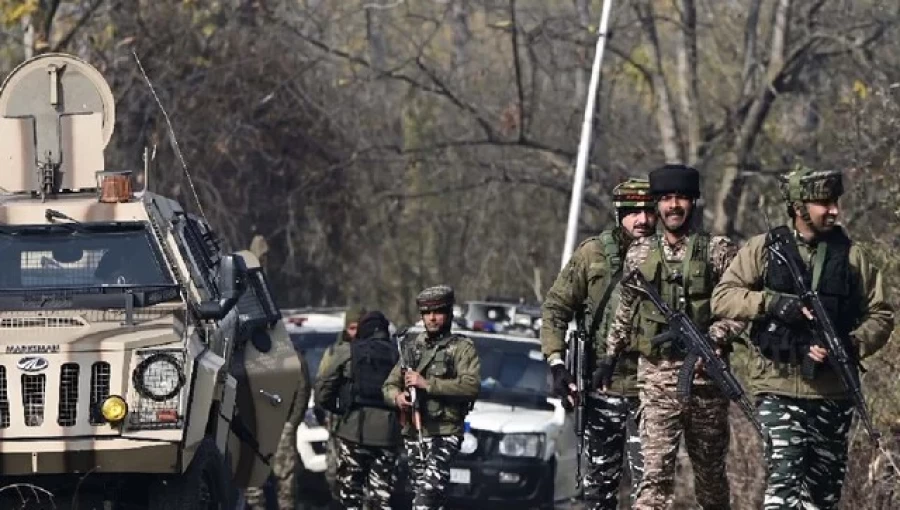
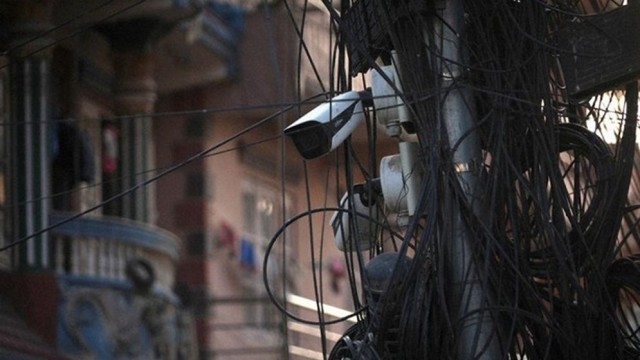


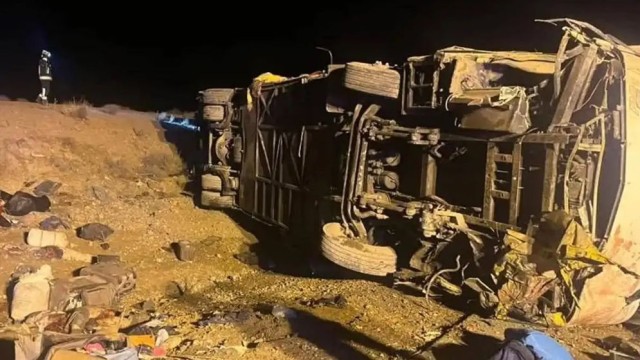


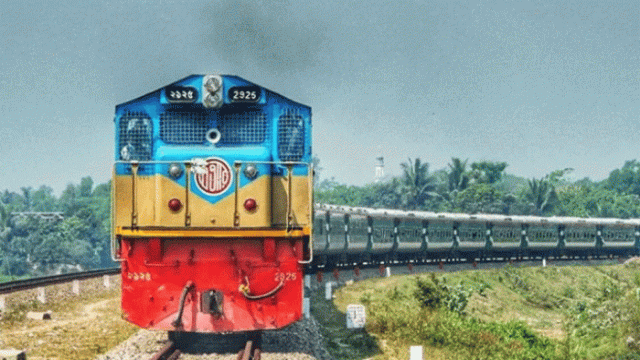

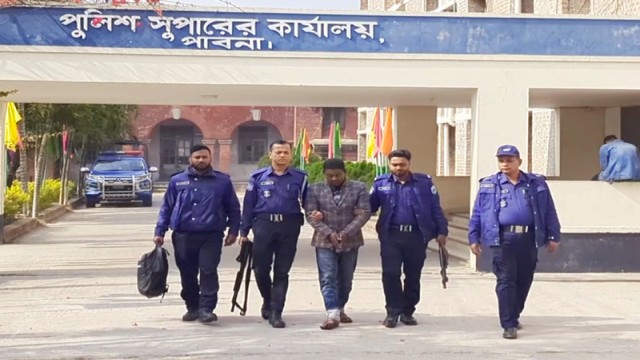
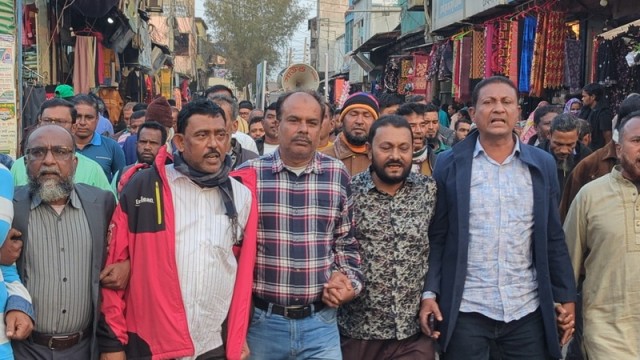


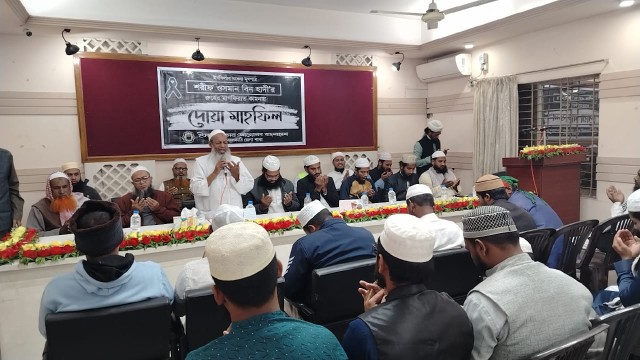
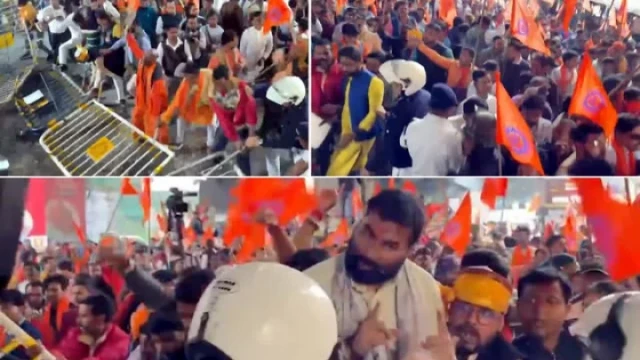
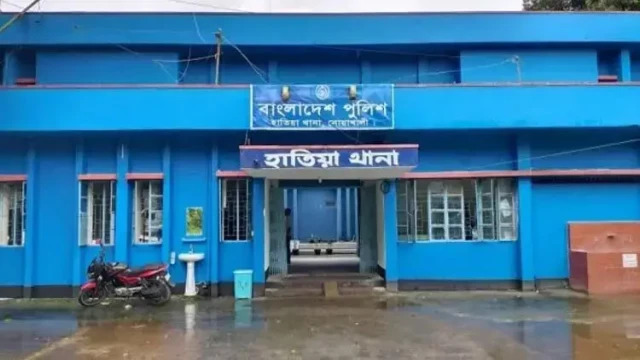
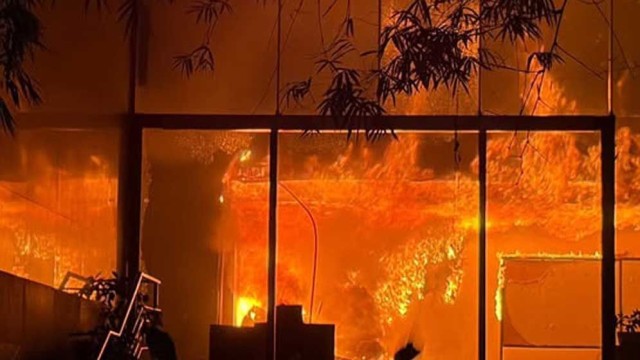





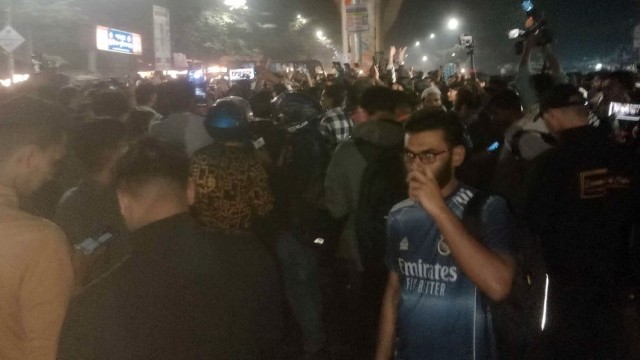




Comment: